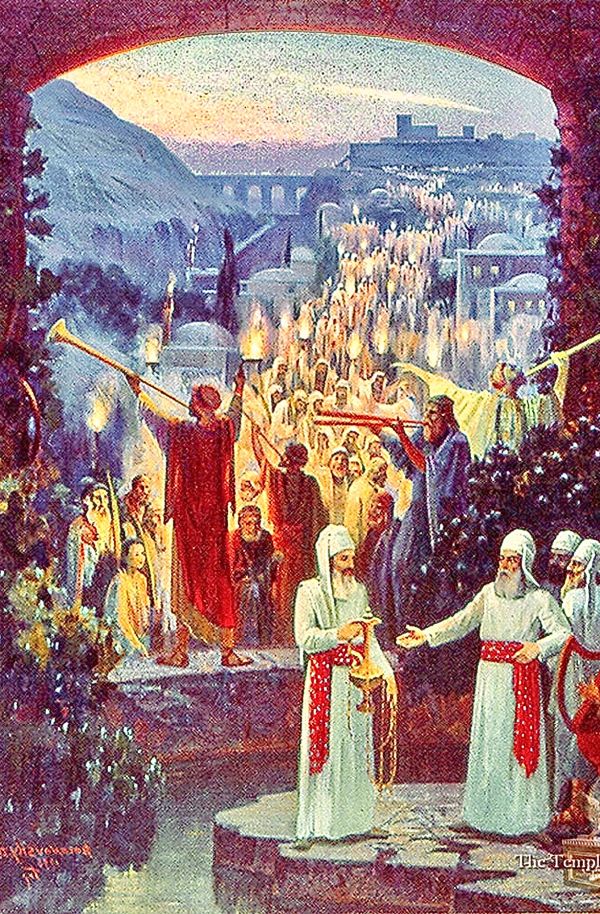Spark of beauty and humanism, or no future
(Jn 8:12-20)
In all religions the term Light is used as a metaphor for the forces of good.
On the lips of Jesus [present in his intimates] the same word indicates a fulfillment of humanity (even of the religious institution) according to the divine plan, recognizable in his Person.
The distinction between Light and darkness in Christ is in some way not comparable to the more conventional dualistic binomial - about good and evil. The activity of the Creator is multifaceted.
The evangelical term therefore doesn’t designate any static nature of fixed judgment.
Not infrequently the most precious things arise precisely from what disturbs standardized thinking.
The same mind that believes it’s in the light only, is a one-sided, partial, sick mind; linked to an idea, therefore poor.
God knows that it’s incompleteness that launches the Exodus, it can be insecurities that keep us from bumping into models... which make us lose what we are.
The energies that invest the created reality have in fact a totally positive potential root.
The sunsets prepare other paths, ambivalences give rise to impossible recovery, and growths.
«Light» was in Judaism the term that designated the straight way of humanity according to the Law, without eccentricity or decline.
But with Jesus it’s no longer the Torah that acts as a guide, but life itself [Jn 1,4: «Life was the Light of men»] which is characterized by its different complexity.
Thus, even the «world» - that is (in Jn) above all the whole of the institution - must return to a wiser Guide, which illuminates real existence.
During the Feast of Booths [Sukkot], huge street lamps were lit in the courtyards of the Temple of Jerusalem.
One of the main rites consisted in setting up a wonderful nocturnal procession with the torches on - and in making the large lamps shine.
They surpassed the walls and illuminated all of Jerusalem.
It was the appropriate context for proclaiming the Person of Christ himself as an authentic sacred and humanizing Word, a place of encounter with God and «Light of the world».
Nothing external and rhetorical-all-appearance.
Therefore the Master stands out - with contrary evidence - precisely in the place of the Treasury [real gravity center of the Temple, v.20] as the only real extreme Point that pierces the darkness.
The Lord invites us to make his own acutely missionary journey: from the stone shrine to the heart of flesh, free like that of the Father.
Clear Appeal and intimate Question that never goes out: we feel it burn alive without being consumed.
There is no need to fear: the Envoy is not alone.
He doesn’t testify himself, nor his own manias or utopian imbalances: his Call by Name becomes a divine Presence - Aurora, Support, Friendship and unequivocal, invincible leap, which dispel the darkness.
It spurts ‘from the core’ taking on the same shadows, and being reborn; bringing our dark sides near the ‘roots’.
[Monday 5th week of Lent (year C), April 7, 2025]












